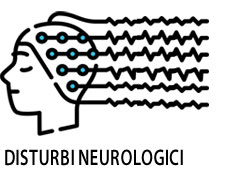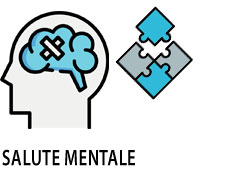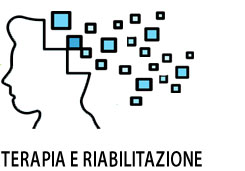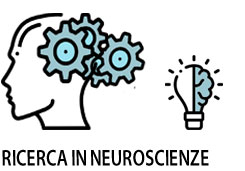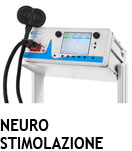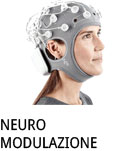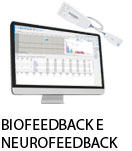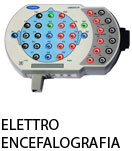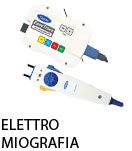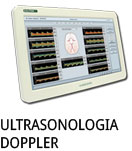- +39 011 5821948
- info@geasoluzioni.it
- Lun - Ven 8:00 - 17:30
Comparison of repeated transcranial stimulation and transcranial direct-current stimulation on primary motor cortex excitability and inhibition: A pilot study
- Abstract:
- Repeated transcranial magnetic stimulation (rTMS) is a well-known clinical neuromodulation technique, but transcranial direct-current stimulation (tDCS) is rapidly growing interest for neurorehabilitation applications. Both methods (contralesional hemisphere inhibitory low-frequency: LF-rTMS or lesional hemisphere excitatory anodal: a-tDCS) have been employed to modify the interhemispheric imbalance following stroke. The aim of this pilot study was to compare aHD-tDCS (anodal high-definition tDCS) of the left M1 (2 mA, 20 min) and LF-rTMS of the right M1 (1 Hz, 20 min) to enhance excitability and reduce inhibition of the left primary motor cortex (M1) in five healthy subjects. Single-pulse TMS was used to elicit resting and active (low level muscle contraction, 5% of maximal electromyographic signal) motor-evoked potentials (MEPs) and cortical silent periods (CSPs) from the right and left extensor carpi radialis muscles at Baseline, immediately and 20 min (Post-Stim-20) after the end of each stimulation protocol. LF-rTMS or aHD-tDCS significantly increased right M1 resting and active MEP amplitude at Post-Stim-20 without any CSP modulation and with no difference between methods. In conclusion, this pilot study reported unexpected M1 excitability changes, which most likely stems from variability, which is a major concern in the field to consider.
- Patologie/Applicazioni:
- Anno:
- 2018
- Tipo di pubblicazione:
- Articolo
- Parola chiave:
- stimolazione elettrica transcranica; stimolazione magnetica transcranica; neuromodulazione; hd-tdcs
- Testata scientifica:
- Movement e Sport Sciences
- Nota:
- Studio pilota di comparazione tra gli effetti di HD-tDCS e rTMS nell'aumento dell'eccitabilità corticale dell'area motoria (M1). Sui soggetti sono state effettuate sessioni di tDCS e rTMS e successivamente sono stati registrati i potenziali evocati motori. Entrambe le metodiche comportano un aumento dell'ampiezza della risposta evocata MEP, indice di cambiamento dell'eccitabilità corticale.
- DOI:
- https://doi.org/10.1051/sm/2018001
Hits: 2067
La nostra storia
GEA soluzioni si affaccia nel 2013 al mercato della strumentazione medicale di alto livello tecnologico ma la sua storia parte da più lontano, clicca qui per approfondire.
GEA SOLUZIONI SRL
via Issiglio 95/10, Torino
Tel.: 011 5821948 / 011 4463853
Fax: 011 0433281
Email: info @ geasoluzioni.it
P. IVA IT11696920013
REA TO1233648

